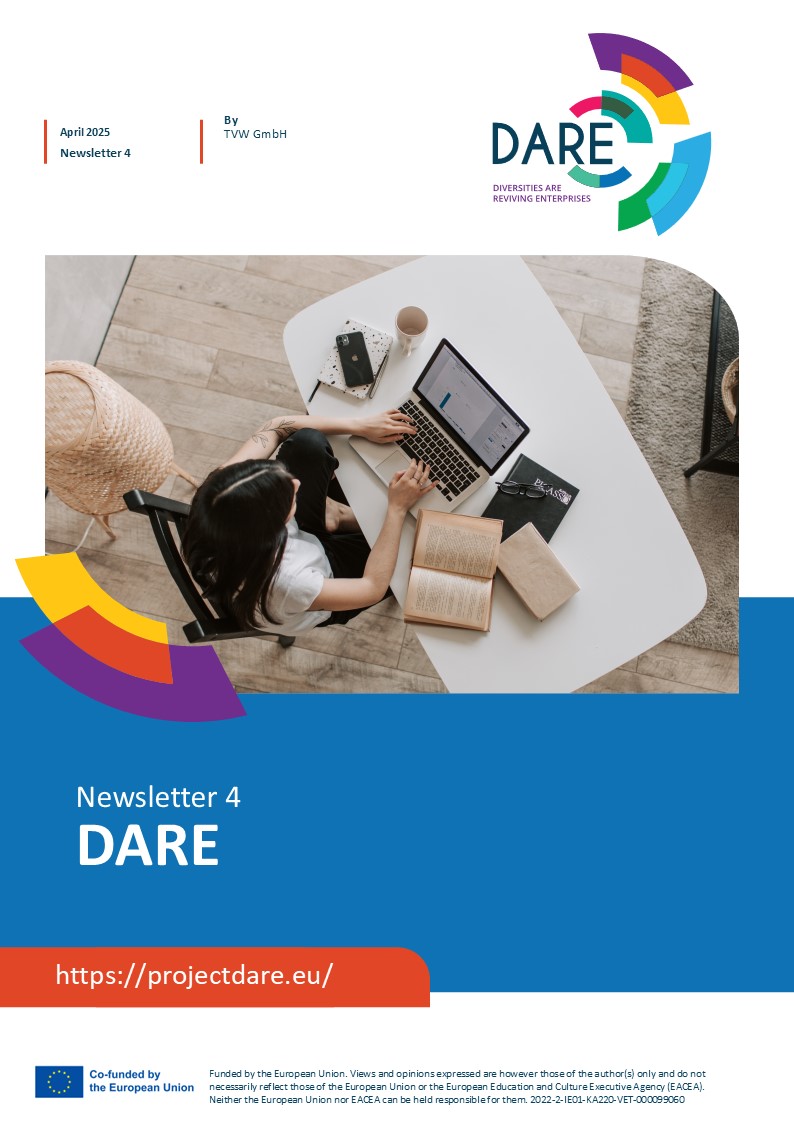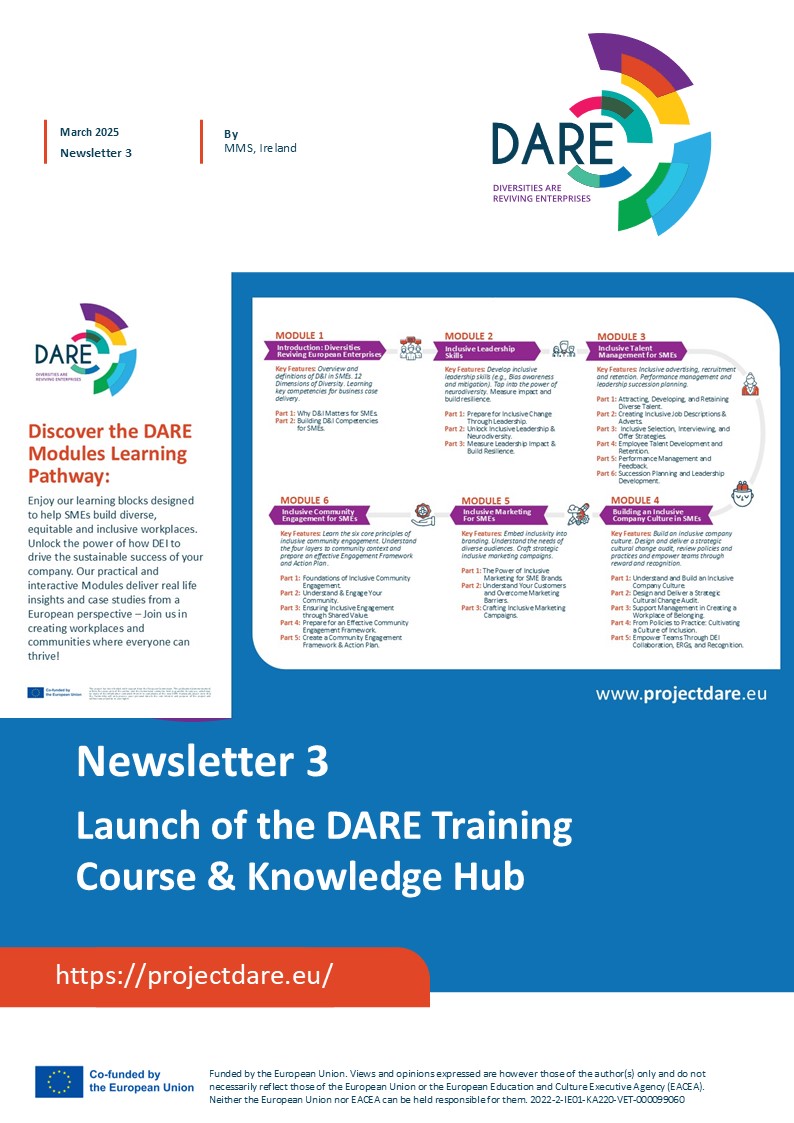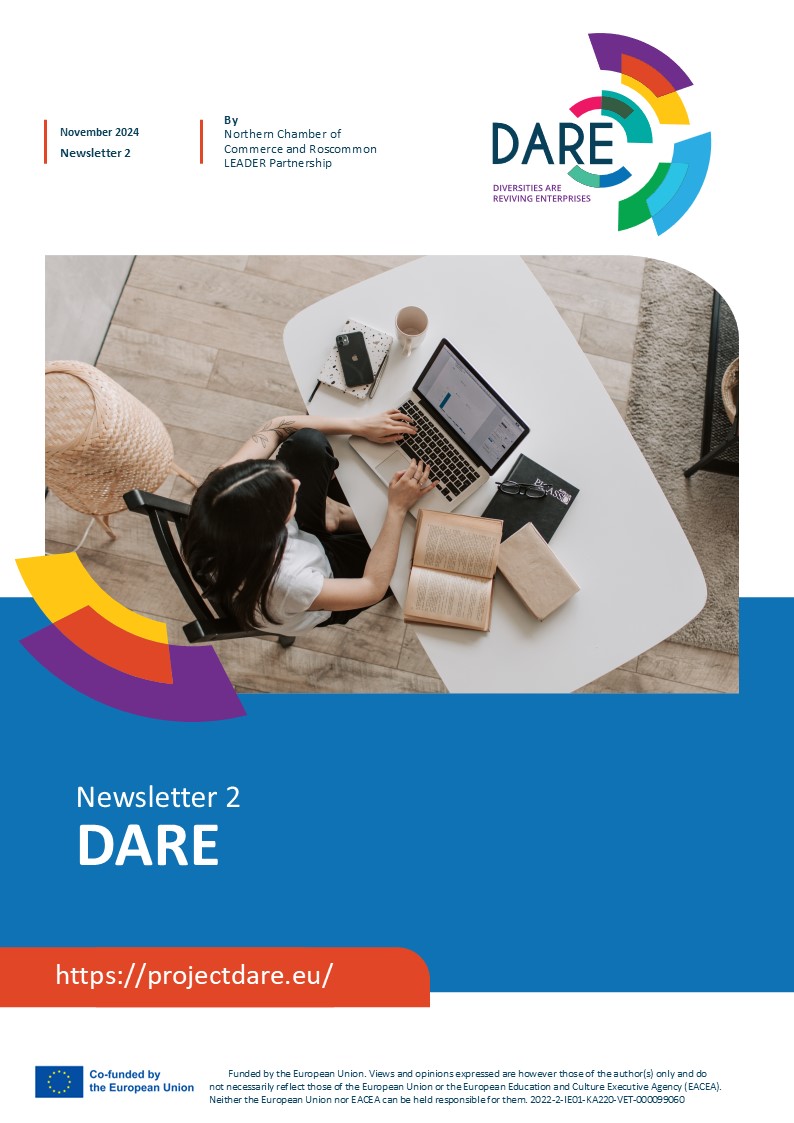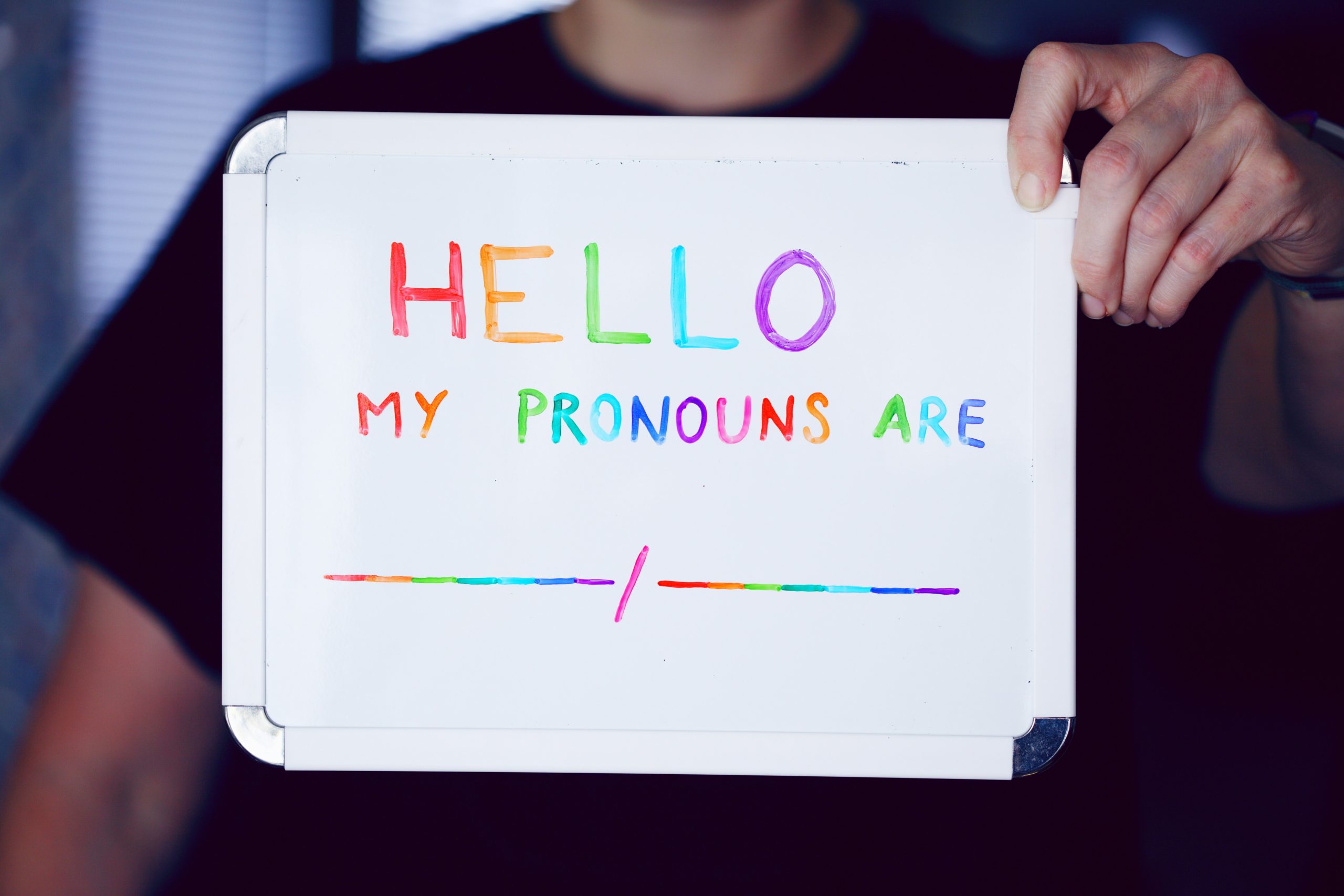
Diversity training plays a key role in building inclusive, respectful workplaces where everyone can thrive. But to be effective, training must go beyond broad awareness and focus on practical, relevant topics that help teams understand and apply inclusive behaviours in their day-to-day work.
Here are five essential topics to include:
1. Unconscious Bias
Help employees recognise how automatic assumptions can affect decision-making, from hiring to teamwork. Training should offer tools to spot and reduce bias in everyday interactions.
2. Inclusive Communication
Focus on respectful language, active listening, and adapting communication styles to suit different audiences. This is especially important for teams working across cultures, ages, or abilities.
3. Cultural Competence
Provide insight into how culture influences behaviour and expectations. Encourage openness and curiosity when working with people from different backgrounds.
4. Psychological Safety
Equip teams to create environments where everyone feels safe to speak up, share ideas, or challenge respectfully — essential for collaboration and innovation.
5. Allyship and Active Inclusion
Show how individuals can support inclusion, not just in policy but in practice. This might include speaking up, inviting different perspectives, or mentoring underrepresented colleagues.
Making It Meaningful
For training to stick, it should be relevant, engaging, and ongoing. Use real scenarios, reflective exercises, and follow-up actions to support lasting change.
Inclusion is everyone’s responsibility. With the right training focus, organisations can build stronger teams and a workplace culture where all voices are valued.
Reference:
Small, G. (2025, May 20). Essential diversity training topics for growth and inclusion. SC Training. Retrieved from https://training.safetyculture.com/blog/10-diversity-training-topics/

There are many advantages to gender diversity in the workplace. Here are my top 7.
Gender diversity at work is the principle of affording equal and fair representation to individuals of all genders, including men, women, transgender, and non-binary individuals. This commitment ensures that opportunities within the workplace are distributed evenly across all gender identities and at every hierarchical level.
Companies embracing gender diversity enjoy a plethora of benefits, starting with a broader talent pool. Failing to encourage women to join the workforce means overlooking the talents and capabilities of half the population, which can significantly impact productivity and the bottom line.
A mixed-gender workforce can bring a variety of perspectives as a result of having varied life experiences. This can help to spark new ideas and make it easier for your team to identify with your clients. It also helps to challenge prevailing gender stereotypes.
Enhanced collaboration is another advantage of gender diversity, as women contribute valuable skills in reading non-verbal cues and facilitating conversational turn-taking. These social skills prove beneficial in both in-person and online collaboration and are one of the benefits of harnessing the skills of a diverse team.
Inclusive workplaces generally experience improved staff retention rates, which can lead to substantial savings in recruitment costs.
A diverse workforce ensures a better reflection of the clients they work with, which can aid effective communication and help your company to resonate with various demographics. Women wield significant purchasing power, which underscores the importance of aligning organisational make-up with client diversity.
An inclusive workplace is a powerful recruiting tool, particularly for female millennials, 85% of whom prioritise diversity in potential employers. Inclusivity not only attracts top talent but also enhances the company's reputation in the competitive recruitment marketplace.
The evidence supporting the positive impact of gender diversity on the bottom line is overwhelming. According to McKinsey, the most gender-diverse companies are 25% more likely to experience above-average profitability. Additionally, reports by MSCI emphasise the correlation between having women on the board and increased productivity.
Gender diversity in the workplace is not only a moral imperative but a strategic business move. Companies that champion equality and inclusivity stand to benefit from a wider talent pool, diverse perspectives, enhanced collaboration, improved staff retention, a more accurate reflection of their customer base, enhanced recruitment and reputation, and ultimately, greater profitability.
For original blog please visit this reference;
https://www.harte-consulting.co.uk/why-is-gender-diversity-good-for-your-company

When we talk about workplace diversity, we often focus on gender, culture, or background. But there’s another form of diversity that’s just as important — cognitive diversity. This refers to the different ways people think, solve problems, and make decisions.
In project environments, where collaboration, adaptability and quick thinking are essential, cognitive diversity becomes a real asset. Projects often involve uncertainty and multiple stakeholders. Having a team with a mix of working styles and thought processes can strengthen planning, improve risk management, and lead to more creative solutions.
Benefits of Thinking Differently
People bring different strengths to the table — some are detail-focused, others big-picture thinkers. Some work best with structure, while others excel in brainstorming sessions. These differences help teams avoid ‘groupthink’, spot risks earlier, and adapt more easily when things change.
Teams that embrace diverse ways of thinking are usually more innovative, resilient, and better at engaging with different types of stakeholders.
Hiring for Cognitive Diversity
To build cognitively diverse teams, look beyond qualifications. Focus on how candidates approach problem-solving and decision-making. Use scenario tasks or team-based interviews to understand different thinking styles. A diverse hiring panel can also help reduce bias.
Creating the Right Culture
It’s not just about who’s on the team — it’s also about making sure everyone’s ideas are heard. Encourage open discussions, allow space for reflection, and use collaboration tools that support different communication styles.
Leaders play a key role here. By welcoming different viewpoints and creating a safe space for debate, they help teams make better, more informed decisions.
Smarter Project Delivery
Cognitive diversity adds value across the project lifecycle — from planning through to execution and stakeholder engagement. It leads to stronger outcomes and more dynamic, responsive teams.
So as you plan your next project, ask not just who is on the team, but how they think. Because in complex, fast-moving projects, thinking differently can be your biggest advantage.
Reference of original blog
https://www.ilxgroup.com/uk/blog/the-importance-of-cognitive-diversity-in-workplace-teams

To find out what has been happening in the DARE project please download our latest newsletter below
Newsletter 4 (107 downloads )
To find out what has been developed in the DARE project until now, download the newsletter below and see what is still to come!
Newsletter 3 (157 downloads )

Diversity and inclusion (D&I) are often mentioned together, but they are not the same. Understanding both — and how they work together — is key to creating fairer, more innovative workplaces.
What is Diversity?
Diversity refers to the range of differences in a group, such as race, gender, age, or ability. In the workplace, this means fair representation of people from marginalised or underrepresented backgrounds. A diverse team not only reflects society better but can also connect more effectively with a wider customer base.
What is Inclusion?
Inclusion ensures that once people are part of the organisation, they feel welcomed, supported, and able to thrive. It’s about breaking down barriers so that everyone, regardless of background, has equal access to resources, opportunities, and success.
Diversity vs. Inclusion
Why It Matters
Companies that balance both diversity and inclusion benefit from greater employee engagement, stronger innovation, and better representation in the market. Inclusion turns diversity into a real strength — not just a statistic.
Reference:
Michael Halpin https://reciteme.com/us/news/diversity-vs-inclusion/

To find out whats been happening in the DARE project over the last few months, download our second newsletter below!
Newsletter 2 (292 downloads )
Stereotypes emerge from our tendency to classify and simplify the reality around us.
They in theory do not mean something negative, as certain perceptions or generalizations can have positive connotations. Only those that do not have such a tinge are called biases. These are negative feelings or attitudes toward a certain group of people.
Stereotypes in the work environment play a significant, though often unwelcome role in influencing the way we view, judge and evaluate ourselves and others in the workplace. Biases especially those related to gender, race, age or nationality, can influence employment-related decisions. They often lead to discrimination and injustice. They can spoil the relation at work by treating employees unequally and distorting the assessment of their skills and competencies. Even when stereotypes are unconsciously put into practice, they can perpetuate unjust structures and limit diversity, innovation and thus the potential of an entire organization.
Unconscious biases develop over time as we accumulate life experiences and come across various stereotypes. They can negatively affect relation with co-workers, team dynamics and business decisions.
Addressing and overcoming unconscious biases can help to tackle those issues and increase the diversity of the company. It allows fair decision-making, encourage creativity and innovation, improves employee engagement, results in higher levels of productivity as well as increases company revenues. The company will benefit from attracting diverse talent.
Therefore, it is crucial to make all necessary efforts to recognise and acknowledge our biases, ensure they do not determine our behaviour and always react when others representing such a negative attitude.
These actions will allow to maintaining and properly manage diversity, ensuring rapid and dynamic development of the organisation.